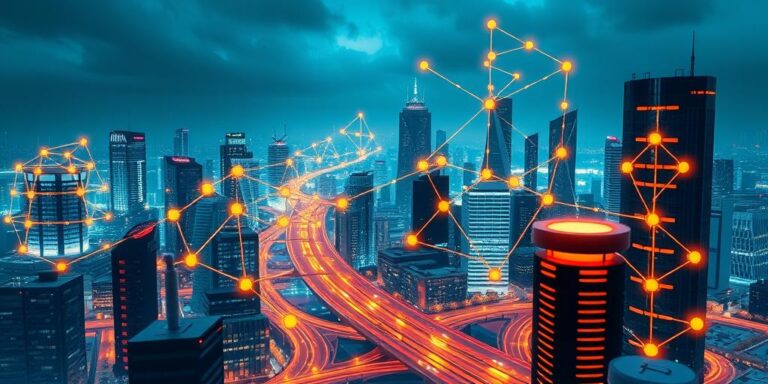Edge Computing for Developers: New Opportunities (2026)
Edge computing is rapidly evolving, presenting developers with a wealth of new opportunities. As we move towards 2026, understanding and leveraging edge technologies will be crucial for staying competitive and innovative. This post explores the key aspects of edge computing for developers, highlighting emerging trends and potential applications.
What is Edge Computing?
Edge computing involves processing data closer to the source, rather than relying solely on centralized data centers. This approach reduces latency, improves bandwidth utilization, and enhances overall system performance. For developers, this means creating applications that can operate efficiently in distributed environments, often with limited resources.
Key Benefits for Developers
- Reduced Latency: By processing data at the edge, applications can respond faster, crucial for real-time applications like autonomous vehicles, augmented reality, and industrial automation.
- Improved Bandwidth Efficiency: Processing data locally reduces the amount of data that needs to be transmitted to the cloud, saving bandwidth and costs.
- Enhanced Reliability: Edge devices can continue to operate even when disconnected from the central network, ensuring continuous service availability.
- Increased Security: Processing sensitive data at the edge can reduce the risk of data breaches and improve compliance with privacy regulations.
Emerging Trends in Edge Computing
- 5G and Edge: The rollout of 5G networks is a major catalyst for edge computing, providing the high bandwidth and low latency needed for many edge applications.
- AI at the Edge: Running artificial intelligence (AI) models on edge devices enables real-time decision-making without relying on cloud connectivity. This is particularly useful for applications like facial recognition, predictive maintenance, and anomaly detection.
- Serverless Edge Computing: Serverless computing at the edge allows developers to deploy and run applications without managing servers, simplifying development and reducing operational overhead.
- Edge-Native Applications: Developing applications specifically designed for edge environments, taking into account the unique constraints and capabilities of edge devices.
Opportunities for Developers
- IoT Applications: Edge computing is ideal for Internet of Things (IoT) applications, enabling real-time processing of sensor data from devices like smart home appliances, industrial equipment, and wearable devices.
- Smart Cities: Edge computing can power smart city initiatives by processing data from traffic cameras, environmental sensors, and public safety systems, improving efficiency and quality of life.
- Healthcare: Edge computing can enable remote patient monitoring, telemedicine, and other healthcare applications, improving access to care and reducing costs.
- Gaming and Entertainment: Edge computing can enhance gaming and entertainment experiences by reducing latency and improving graphics rendering, enabling new forms of interactive entertainment.
Challenges for Developers
- Security: Securing edge devices and data is a major challenge, as edge environments are often more vulnerable to cyberattacks than traditional data centers.
- Management: Managing a large number of distributed edge devices can be complex and time-consuming, requiring robust management tools and processes.
- Development Tools: Developing applications for edge environments requires specialized tools and frameworks, which are still evolving.
- Connectivity: Ensuring reliable connectivity to edge devices can be challenging, particularly in remote or underserved areas.
Getting Started with Edge Computing
- Learn the Basics: Familiarize yourself with the fundamentals of edge computing, including its architecture, benefits, and challenges.
- Explore Edge Platforms: Experiment with different edge computing platforms, such as AWS IoT Greengrass, Azure IoT Edge, and Google Edge TPU.
- Develop Edge Applications: Start building simple edge applications to gain hands-on experience with edge development tools and techniques.
- Join the Community: Connect with other edge developers and experts to share knowledge and learn from each other.
Conclusion
Edge computing presents significant opportunities for developers to create innovative and impactful applications. By understanding the key trends and challenges, developers can leverage edge technologies to build solutions that are faster, more reliable, and more secure. As we move towards 2026, edge computing will continue to grow in importance, making it an essential skill for developers to master.




